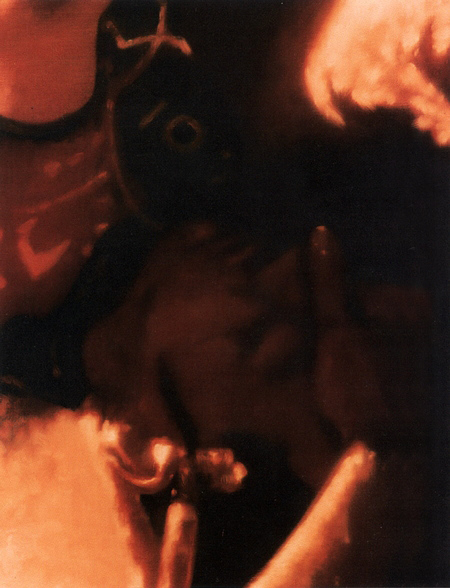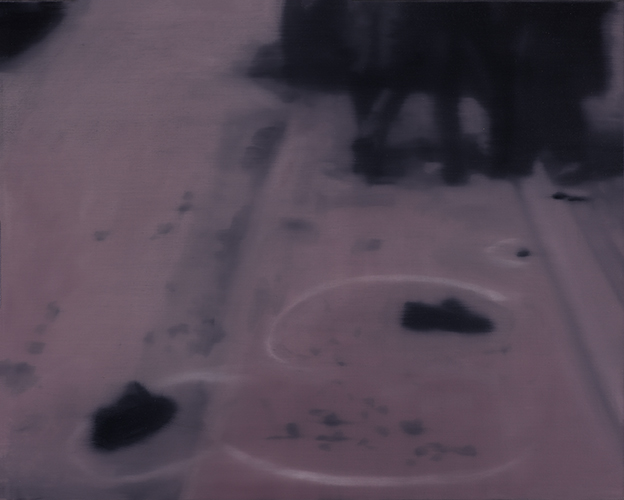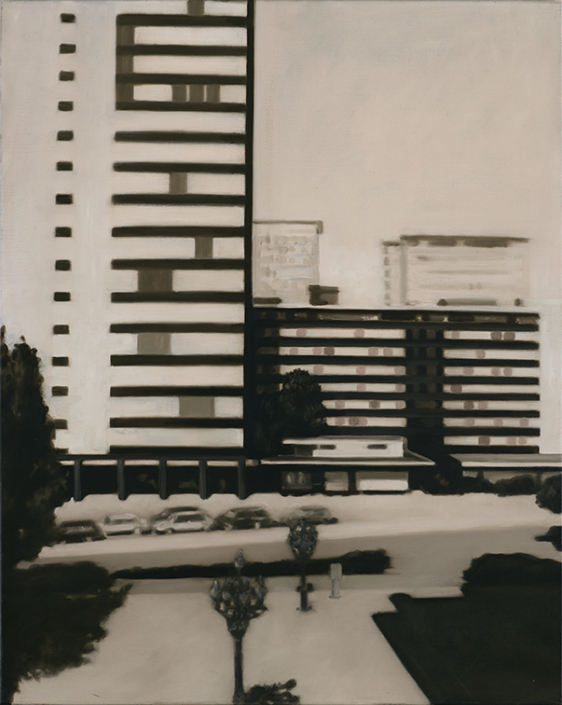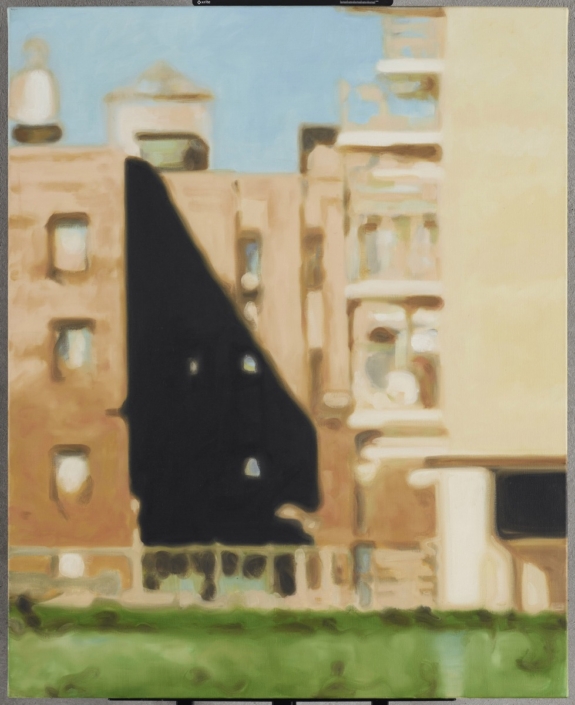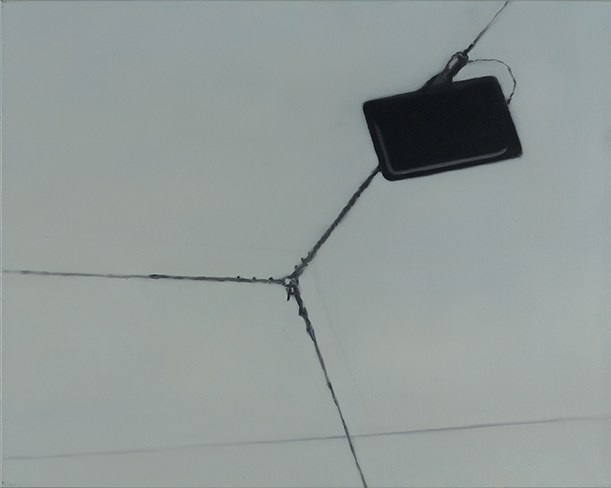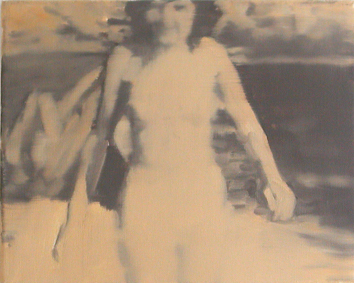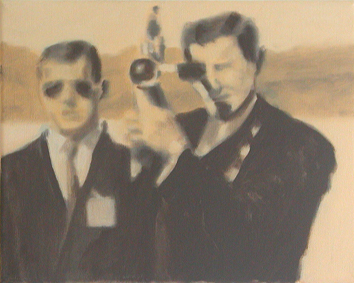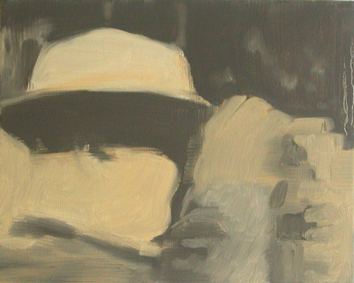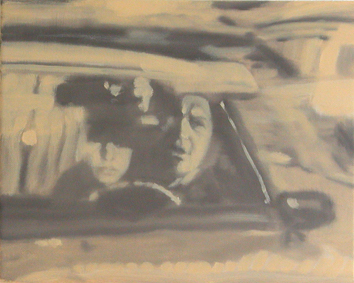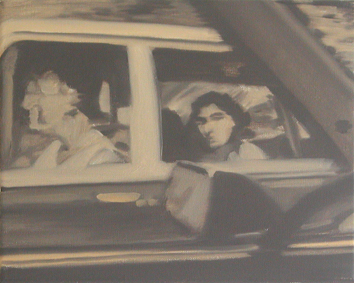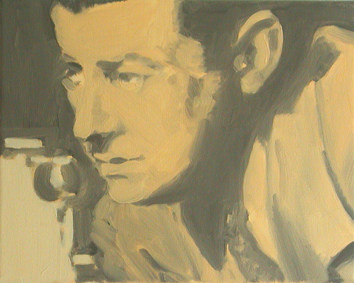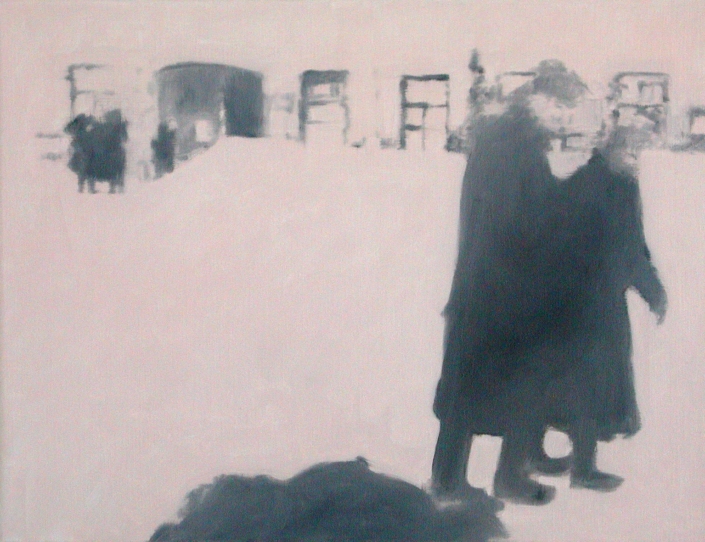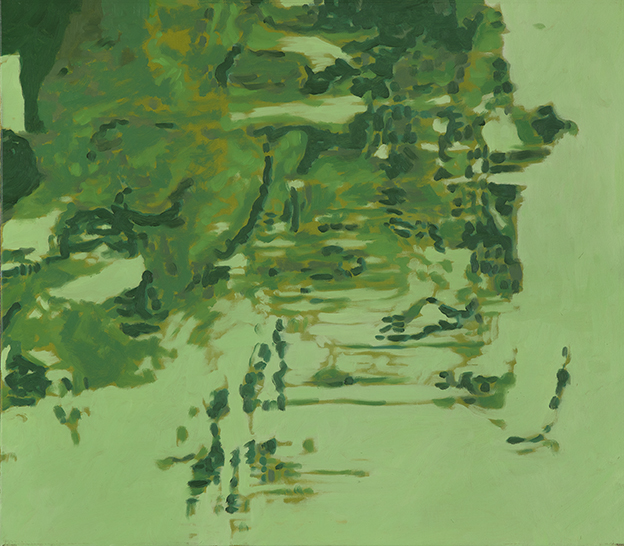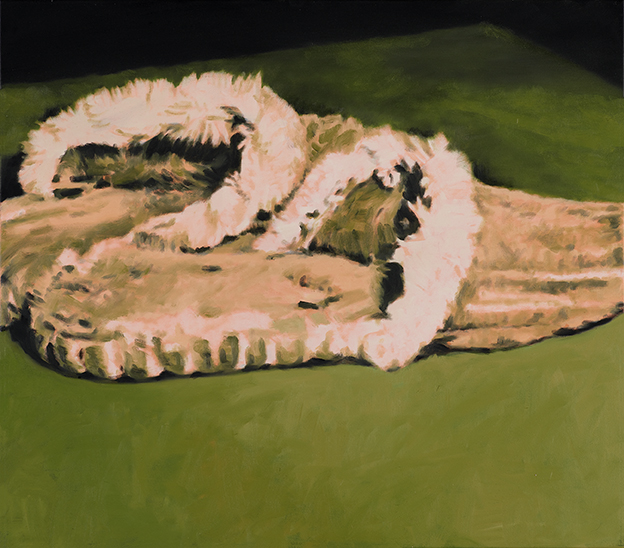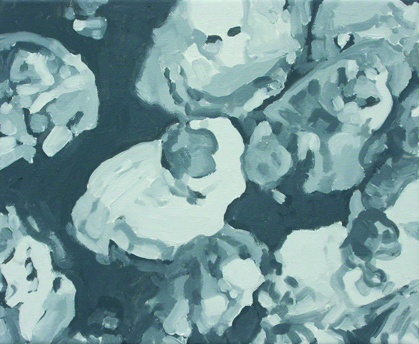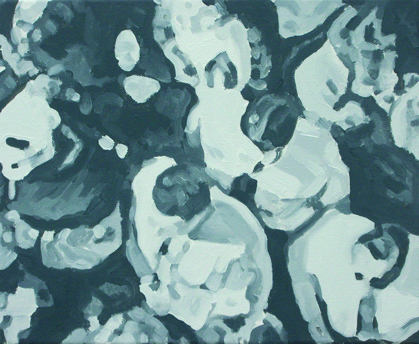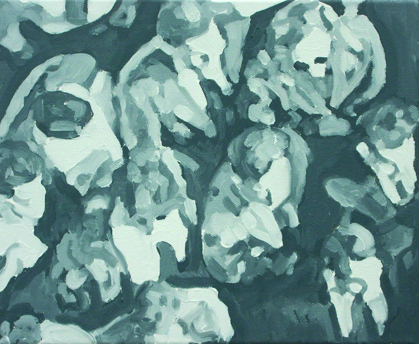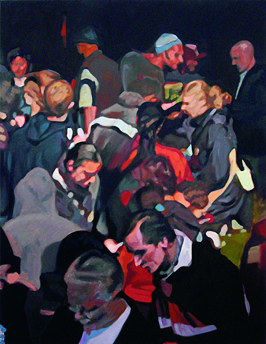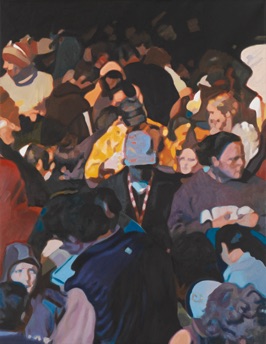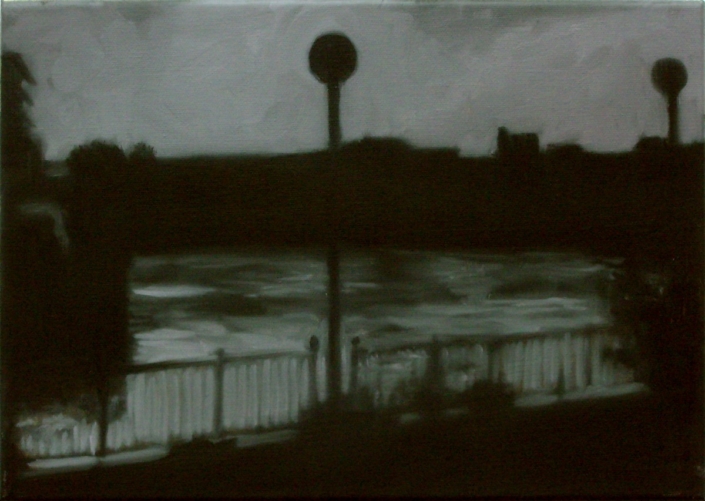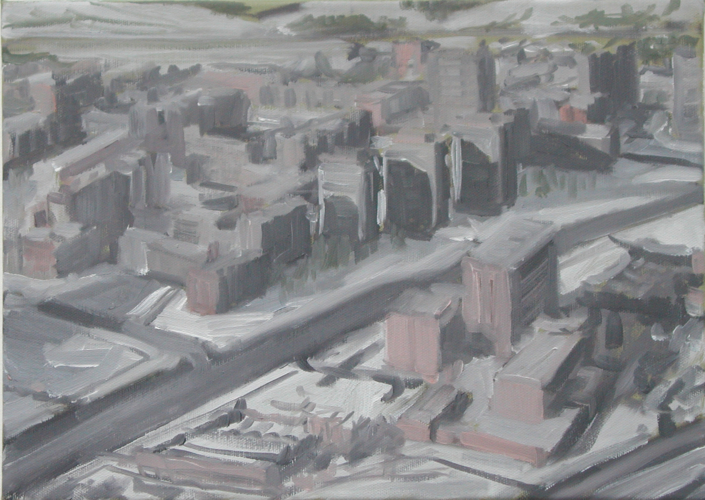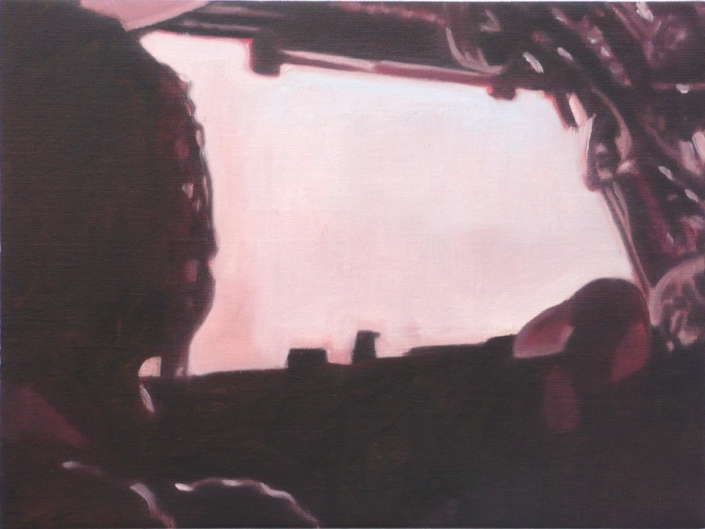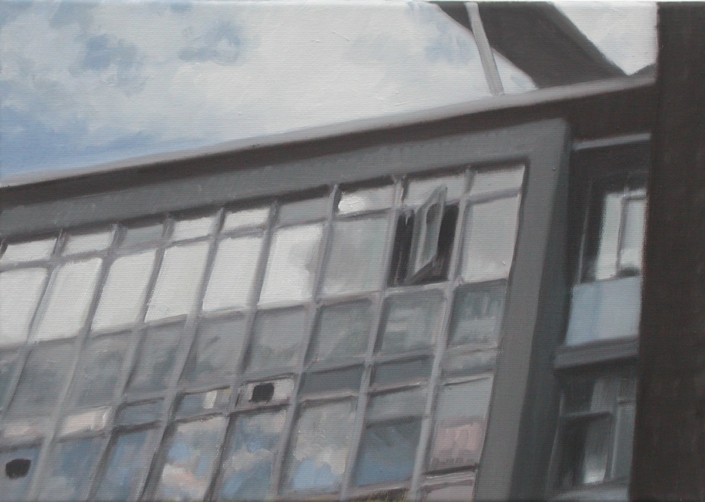Pascal Danz ‹Memories›
20.5. – 2.7.2022
Pascal Danz’s painting moves between the poles of figuration and abstraction and addresses questions of reality and the possibility of depicting it. The access to reality filtered through the media served as a basis for Danz. Since 1996 he has been collecting photographs from newspapers and magazines, digital images from the Internet and personal recordings, which were the starting material for his works and an incentive for his artistic exploration. He edited some of the image material digitally and subjected it to his own image concept by eliminating details and thus obscuring historical and documentary elements. He often chose unspectacular motifs as a basis for reflection or images that were irritating because of their dubious depiction quality and unintended “mistakes”, such as overexposure or the specific choice of detail. The treatment of light and its reflections runs like a red thread through the entire oeuvre and as a determining factor has shaped Pascal Danz’s passion for exploring painting. Light not only serves to make things visible, but also to obscure the obvious subject with too little or too much lighting. He masterfully understood how to focus on trivial matters, to hide supposed main motifs and to include photographic peculiarities such as points of light or overexposure in a reflection on seeing and perception. This often resulted in works that are characterized by reduction and fragmentation and unfold a suggestive, distanced effect. What is painted appears as if distanced from itself and creates an emptiness in which reflection takes hold. The artist was interested in these empty spaces and the subjectivity of their perception, as well as in dealing with reproduction media and their relationship to painting.
Pascal Danz created groups of works that were created over a period of several years. He characterized people, situations, moods, objects, interiors, still lifes, cityscapes, architecture and landscapes by reducing them to the most elementary and depicting them in his paintings as a reflection of the illusion of reality. By dealing with the “surface” of painting, access to his conceptual art, to the thought structures behind it, is opened up: questions of perception, reality and painting itself. In the withdrawal of the narrative and anecdotal, the reduction The colorfulness and the simplification of forms and structures, Pascal Danz emphasizes the process of viewing works of art as the primary and complex concern of his painting.
Caroline Komor Müller 2020


